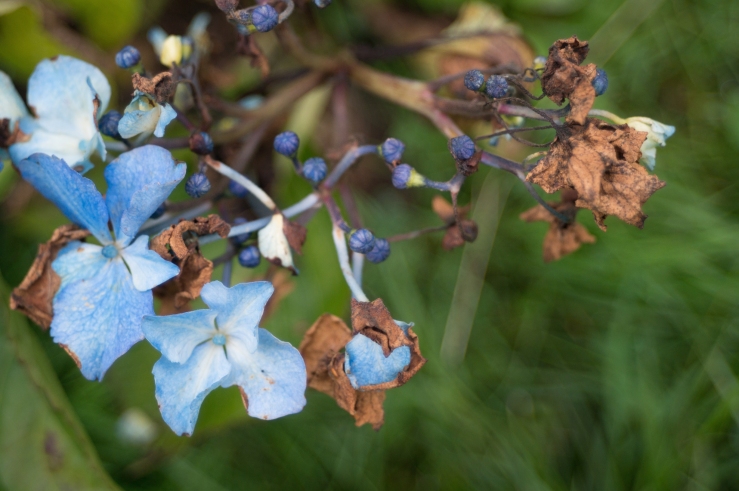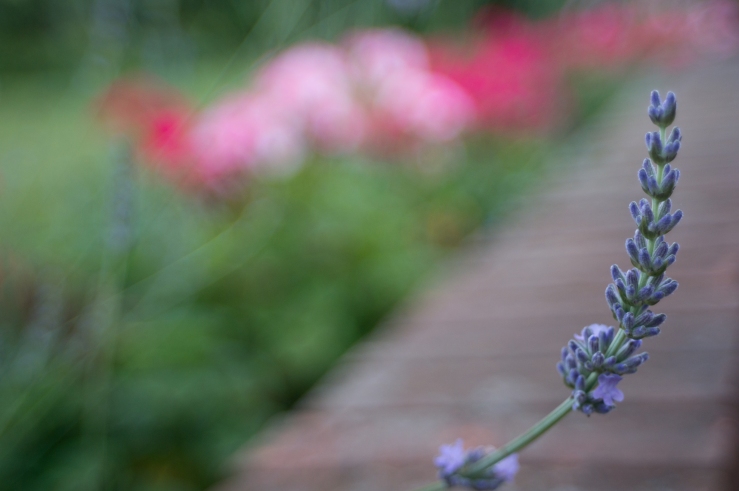The trouble with 80s plastic fantastic compacts is once the electronics die, they’re fit for nothing but the dustbin. Right?
That’s what I thought until a recent and simple DIY experiment opened my eyes to the wonders of just one little compact that’s been given life after death and is thriving gloriously.

It started when, wanting to thin down my compact collection to less than half a dozen, I browsed my old albums on Flickr to find the ones I liked best .
A handful of photographs that really caught my eye were taken with a Ricoh TF-900, an unassuming dark grey chunk of rubberised plastic from the late 80s.
Behind its synthetic yet ordinary veneer, the TF-900 proved to be not only full of the essential features the discerning enthusiastic amateur needs, but had a pretty sweet 35mm f/2.8 lens. Which also, at the press of a button, became a 70mm f/5.6 lens.
I sold this model on long ago in one of my great purges, but inspired by these “lost” photographs, set about finding another example.

Off to the auctions, and after a quick haggle over price, I soon landed one in supposedly full working order.
When it arrived and I inserted the battery, all was not well, and it wouldn’t do anything it was supposed to.
After apologies and a full refund from the seller, I asked if they wanted the camera returned. They said not.
I was about to throw it in the bin, then remembered something about Hamish Gill having lenses extracted from old compact cameras sent away to Japan to be remounted for one of his Leicas.
So I wondered if the lens was salvageable from my otherwise next to useless TF-900.

The removal of a dozen or so miniature screws later, and the tiny purple coated gem like lens was free.
Next, how to make a mount that would mean it was usable on a camera.
When I’m not shooting film, I play around with a Sony NEX 3N, and have adapters so I can use and test my vintage 35mm film lenses on it.
One of these adapters, with the Ricoh lens stuck to the front, might do the trick.
First I tried a slim M39 adapter, plus some hastily sculpted blu-tack. The lens mounted fine but the focus was too far for what I wanted, some 10m away maybe.
So I needed to rethink, creating a mount that affixed the lens further away from the NEX’s sensor, and therefore allowed closer focus.

An M42 > NEX adapter was up next, and again with a little creative reshaping with blu-tack, I mounted the lens and its immediate housing on to the adapter, then attached it to the NEX.
The focus was now approximately 0.25m away, ideal not only for the kind of close proximity shots I like, but also at such distance (and with the lens – minus the shutter behind it changing the aperture as it did in the TF-900 – being fixed at its maximum aperture of f/2.8) that would force a shallow depth of field.
Off I set to the local flora and fauna (ie, our back garden) to experiment.
The outcome I was pretty stunned by.

The humble little Ricoh 35/2.8, which measures barely a centimetre across, has produced impressive sharpness, lovely colours and delicious smooth bokeh, straight out of the camera.
It helps that with the NEX’s APS-C sensor being 75% the size of a frame of 35mm film (full frame), the central part of the lens is optimised, and any distortion at the outer edges you might experience when shooting film in the original TF-900 is in effect cropped out.
But even so, this miniature marvel, wide open at f/2.8 and shooting closer than it was ever designed for (around 0.25m compared with the minimum focus of around 0.9m of the TF-900) has delighted me.
The resurrection of this razor sharp Ricoh has proved to be an excellent idea.

Now I’m wondering if there’s a way to adapt it somehow to shoot with a film SLR… Maybe an old broken SLR lens could be disassembled and the Ricoh lens inserted inside instead?
Whilst I further ponder that, in the meantime I’ve located another TF-900, hopefully fully working this time, and given the results from this lens salvaging project, I’m very excited at using the compact as it was originally designed in the next week or two.

This is how the lens looks on my NEX. Note that I managed to mount the surrounding housing upside down, and, blu-tack sculpting perfected, I didn’t want to unstick it all again to flip it round!

Though the camera and lens combo looks something of a Frankenstein’s monster, it’s super light and compact, and as you can see from the other photographs, very capable. I love the deep purple coating of the Ricoh glass too…

Have you ever rescued a lens from a broken camera to use in another?
Disclaimer for the film diehards: Whilst this blog is mostly about my adventures with 35mm film cameras, all of the photographs above were taken with the rescued Ricoh lens and my Sony NEX 3N digital camera.
Despite them not being made with film, I wanted to share them here, along with this project, partly because I was so impressed with the lens and wanted to encourage others to try the same kind of resurrection of otherwise defunct old cameras. And partly because, as it’s a 35mm lens, from a 35mm film camera, I think it can squeeze inside the general remit of 35hunter.
Thanks for reading. Please share this post with others you feel will enjoy it too.


Looks like a really stunning lens.
It’s got me thinking about other compact lenses. And how I could adapt one (or the Ricoh) that retained its aperture setting, focusing ability, or both.
Amazingly, based on the results of this Ricoh, it seems they can compete with much larger and more sophisticated SLR lenses. Which is a very exciting prospect!